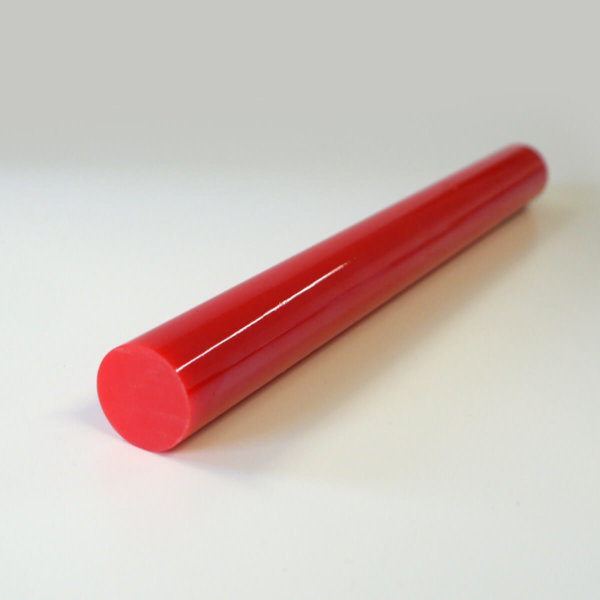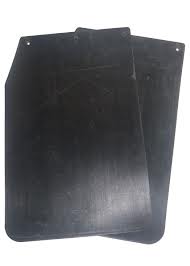Polyurethanes are some of the most versatile and useful polymers that we have today. They exist in many different forms, which have various uses. Polymers are synthetic materials made by joining together long chains of complex organic molecules called monomers. Better known to us as plastics, polymers are an integral part of modern industrialisation and have their uses in numerous application.
A brief history of polyurethanes
Polyurethanes trace their origins back to 1937, when a German chemist, Friedrich Bayer, developed the earliest prototype of Polyurethane fibres known as Perlon U.
In 1940, the first polyurethane elastomers were successfully developed. Polyurethane elastomers are a class of Polyurethane material whose physical characteristics are similar to that of rubber. During World War II, this new type of material quickly became a cheaper alternative to rubber, which at the time was rare and expensive. In the war, they were also used as protective coatings on aeroplanes.
Later, scientists realised that by synthesising polyurethane into fine threads, it could be combined with nylon, resulting in a lightweight, stretchable material. 1953 saw the first commercial production of polyurethane foam, which began in the US. The foam was rigid and mostly used for insulation; that was until more flexible and cheaper foams were introduced in 1956.
By the late 1950s, polyurethanes were already being used as adhesives, when mouldable polyurethane was developed. The mouldable material gave way to more applications, including making flexible cushions.
Today, polyurethane development has been refined to produce useful types of materials including polyurethanes coatings, spandex fibres and thermoplastics.
Uses of Polyurethanes
Polyurethane can be found in a large number of everyday household items and machinery. Its versatility is the reason for the widespread popularity. The material can be made soft enough to make furniture more comfortable and durable enough to use in tyres.
1) Thermal insulation
Polyurethane is an excellent thermal insulator. In construction, layers of low-density polyurethane are used to insulate the walls, roof and floors. Home insulation reduces energy consumption, which helps cut carbon emissions. They are also used to insulate plumbing material and pipes in industries and machinery.
2) Coating
Ultra-thin layers of various types of polyurethane are used as protective coatings on different materials and surfaces. Car bodies and floor surfaces, for instance, are often coated with polyurethanes to protect them from scratches, dents and weather damage. Polyurethane coats are remarkably durable and adhesive.
3) Furnishing
Polyurethane is moulded to produce foams with various characteristic for use in many applications. Their foams are preferred other types of foam due to their durability and range of flexibility. They are used in furniture such as beds, seats and cushions.
4) Rubber soles and tyres
The soles of most shoes, especially sport shoes, are lined with a thin inner layer of polyurethane material. Heavy-duty tyres are also lined with a layer of polyurethane. The polyurethane is resilient and elastic; it maintains the shape of the rubber even after repeated stretching, twisting and compressing.
5) Elasticity applications
Due to their high limits of elasticity, elastomers are used to make elastic products such as gel pads, gaskets, O-rings, sealants and rollers. Such items are made to withstands high pressures while still maintaining their elastic properties.
Polyurethanes and environmental sustainability
Plastics have recently come under scrutiny over their impact on the environment. The good news is that polyurethane is leading the trend in using synthetic material to conserve the planet.
Polyurethane is a critical raw material in the construction of durable and lightweight car panels and electronics. This means that less powerful engines can be fitted into vehicles, which consume little fuel and produce less emission. Coating surfaces with polyurethane extends the lifespan of machines, electronics and buildings; this reduces the end cost and energy for maintenance and replacement.
As an insulating material, polyurethane conserves precious energy in homes, factories and machines — making them more efficient and less demanding.
Besides all that, polyurethane is 100% recyclable. Polyurethane can be extracted from discarded items through various methods to form new raw material for some industries. Bio-base polyurethane is also widely being used as an environmentally-friendly coating agent. It is made from biodegradable material derived from Bio-matter such as vegetable oils and cashew nut shell liquid.
Polyurethane has come a long way since 1937. Researchers are continuing to improve the material to make it easier to produce, cheaper and more environmentally-friendly. For instance, manufacturers have been trying to do away with chloral-floral carbons used as blowing agents in the production of polyurethane foams. A future with polyurethane certainly looks greener.
Want to find out how much it will cost to make your products?




